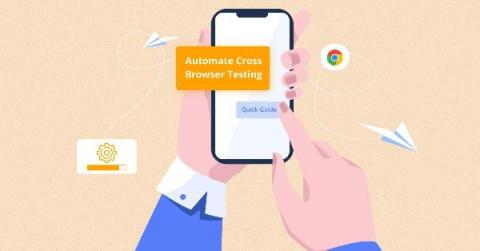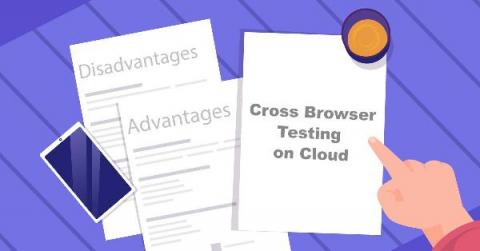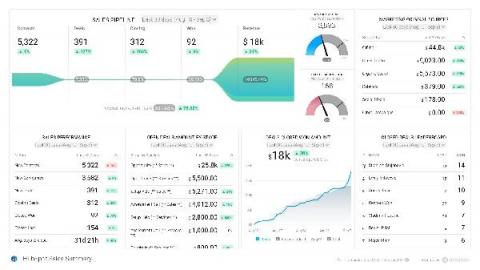Terabytes of Data but Still No Good Insights?
In our modern digital society, data is abundant, and storage is affordable. Businesses, governments and even individuals can (and do) collect every transaction, click, swipe, location, message and attribute in their datasets. With just a few clicks on my smart device, I can review data on every place I’ve been, how much I spent, every step I took, what the weather was like and who I was with. Businesses collect the same abundance of data.











